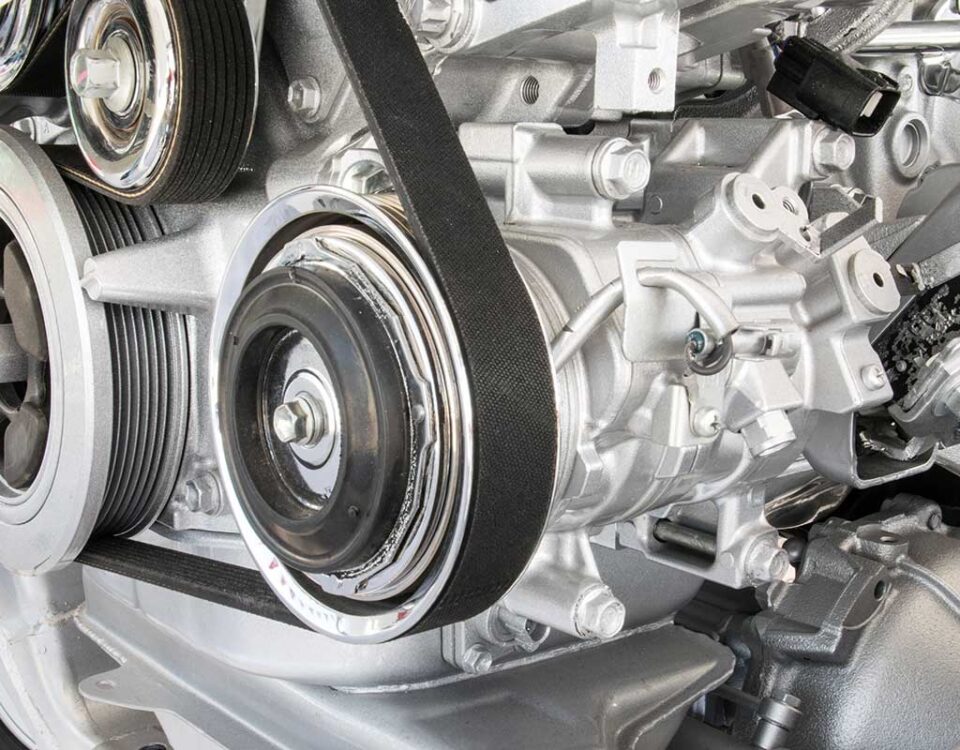
Everything You Need to Know About Engine Repair
Transmission repair is a critical aspect of maintaining a vehicle’s overall functionality and performance. The transmission is a vital component that ensures the engine’s power is effectively transmitted to the wheels, enabling the vehicle to move forward or backward smoothly. However, over time and with extended use, transmissions may experience issues, requiring repair or replacement to ensure the vehicle operates optimally. In this comprehensive guide, we will delve into the intricacies of transmission repair, covering the signs of transmission problems, common issues, repair options, preventive measures, and the importance of seeking professional assistance.

1. Signs of Transmission Problems:
Transmission issues often manifest through various signs and symptoms that should not be ignored. Recognizing these signs early can prevent further damage and more extensive repair costs. Common indicators of transmission problems include:
a. Strange Noises: Unusual noises during gear shifts, such as grinding, whining, or clunking, can indicate a problem with the transmission’s internal components.
b. Slipping Gears: If the transmission slips out of gear or struggles to stay in the intended gear, it may point to worn-out clutch components or other internal problems.
c. Burning Smell: A burnt smell may indicate overheating or excessive friction within the transmission, often caused by low or contaminated transmission fluid.
d. Leaking Fluid: A visible leakage of transmission fluid, typically a reddish-brown liquid, signifies a problem that requires immediate attention.
e. Delayed Engagement: Delays in vehicle movement after shifting into gear can suggest an issue with the transmission’s hydraulic system or other internal components.
2. Common Transmission Issues:
Understanding common transmission problems is crucial for addressing issues promptly. Some prevalent transmission issues include:
a. Transmission Fluid Leaks: Leaks can lead to low fluid levels, causing the transmission to overheat and potentially resulting in irreparable damage.
b. Clutch Problems: Worn-out or damaged clutches can cause slipping gears, making it difficult to maintain speed and control the vehicle.
c. Torque Converter Issues: Problems with the torque converter, such as lock-up clutch failure, can cause poor acceleration, shifting problems, and even stalling.
d. Transmission Overheating: Overheating can occur due to low fluid levels, excessive towing, or severe driving conditions, resulting in diminished performance and potential damage to internal components.
e. Solenoid Malfunctions: Faulty solenoids can cause erratic shifting, slipping gears, and other transmission-related issues.
3. Transmission Repair Options:
When faced with transmission problems, vehicle owners have several repair options, each suited to the severity of the issue and budget considerations:
a. Transmission Fluid Change: Regularly changing the transmission fluid and filter can help prevent sludge buildup, overheating, and premature wear of internal components.
b. Transmission Flush: Flushing the transmission system removes old, contaminated fluid, replacing it with fresh fluid to enhance performance and longevity.
c. Transmission Rebuild: A rebuild involves disassembling the transmission, replacing worn-out or damaged parts, and reassembling it to factory specifications.
d. Transmission Replacement: In severe cases where the transmission is beyond repair, a complete replacement with a new or rebuilt unit may be necessary.
4. Preventive Measures:
To avoid costly transmission repairs, vehicle owners should adopt preventive measures:
a. Regular Maintenance: Following the manufacturer’s recommended maintenance schedule, including fluid changes, can extend the transmission’s lifespan.
b. Proper Driving Habits: Avoiding aggressive driving, abrupt stops, and excessive acceleration can reduce stress on the transmission.
c. Addressing Issues Promptly: If any signs of transmission problems arise, promptly seek professional diagnosis and repair to prevent further damage.
5. Importance of Professional Assistance:
Seeking professional help from certified technicians or automotive repair facilities is essential for reliable and effective transmission repair. These experts have the expertise, specialized tools, and knowledge to accurately diagnose issues and perform necessary repairs, ensuring the vehicle’s safety and performance.
Transmission repair is a critical aspect of vehicle maintenance and performance. Recognizing the signs of transmission problems, understanding common issues, exploring repair options, adopting preventive measures, and seeking professional assistance when needed are vital steps to keep your vehicle’s transmission functioning optimally. Regular maintenance and prompt attention to transmission issues can extend the life of your vehicle and ensure a smooth driving experience.



